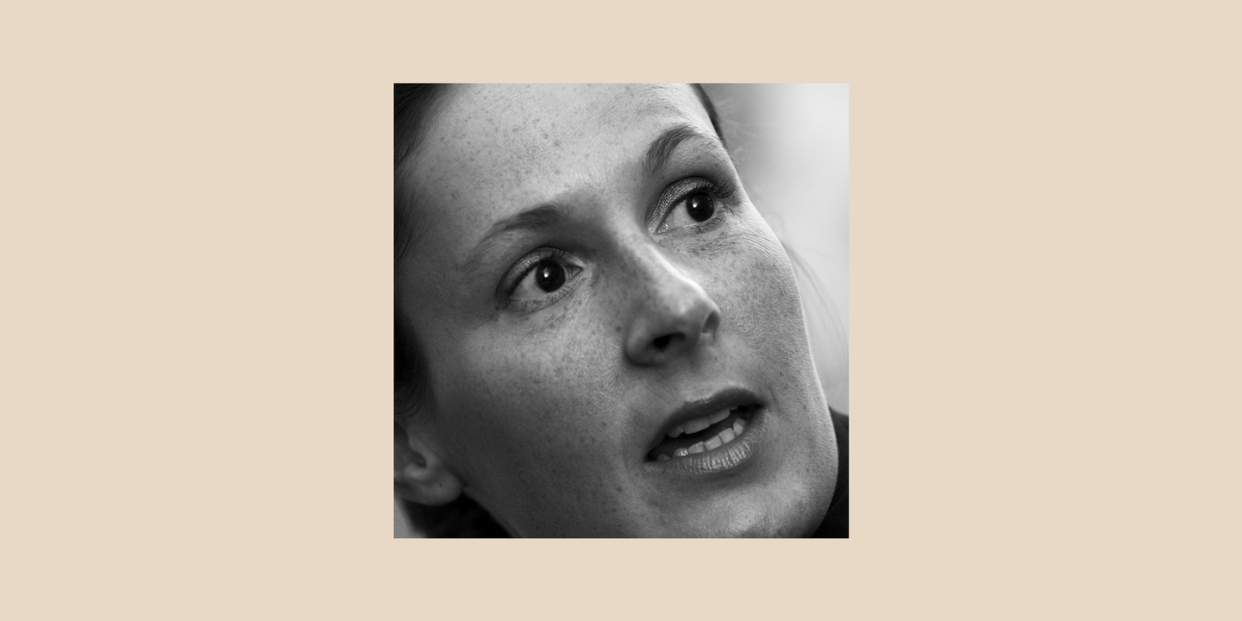The Fact That Kim Potter, the Police Officer Who Killed Daunte Wright, Is a White Woman Matters

“Hearst Magazines and Verizon Media may earn commission or revenue on some items through the links below.”
Many things can be true at the same time. It’s a simple concept, but one that nonetheless is often lost on people. Including those of us who feel as though we are sinking in an ocean of oppression, desperately trying to find some semblance of a shore. Those who are likely far more concerned with not drowning, as opposed to who they might also be pulling down. As is often the case in understanding that having privilege and being oppressed are not mutually exclusive.
The inability to understand that more than one thing can be true is seen firsthand in conversations about how white women benefit from white supremacy, while also being oppressed by the patriarchy. Take, for instance, Kim Potter, a white woman and Minnesota police officer who murdered Daunte Wright, an unarmed Black man, during a traffic stop. Some believe that her gender doesn't matter in discussing the event, while others, such as myself, feel as though it’s important to make the specific distinction that this act was committed by a white woman.
Oftentimes, there is a false narrative that white supremacy is upheld and perpetrated solely by white men. This narrative is largely based on the fact that white men own and operate the structures of white supremacy, thanks to the patriarchy's inherent sexism and misogyny. Not only is this narrative false, but it is a danger in trying to combat the white supremacy itself. The reality is that just because white women don’t have the utmost power in white supremacy, it doesn’t mean they have none.
This is why the terms "intersectionality" and "caste", coined respectively by Kimberlé Crenshaw and Isabel Wilkerson, are so important. Intersectionality helps understand the various ways we individually exist within oppressive systems and caste speaks to the hierarchy of power within said systems. White women, for example, exist at the intersection of both whiteness and womanhood. Though they may exist at other intersections, including those of socio-politics and economics, understanding the hierarchy of power in America through a lens of caste is crucial context. From education and finance to justice and media, every system in America is founded upon and rooted in white supremacy. Therefore, a person who can claim whiteness has more power within those systems than those who cannot.
While some would argue that the patriarchy is as much of an oppressive force as white supremacy, history repeatedly proves this to be untrue. Consider the case of white suffragists such as Susan B. Anthony, who campaigned for white women’s right to vote on the slogan “Woman First and Negro Last.” They understood that their proximity to white men through the commonality of whiteness was more important to white men than Black men’s commonality through gender.
Even now, many white women aim to uphold these systems, as was the case in their support for Donald Trump not only in 2016, but during 2020 when his exit poll numbers showed an increase in support by white women from the prior presidential election. This overt support of white supremacy isn’t new amongst white women, as we saw with the suffragists and with the Daughters of the Confederacy and many other groups created by white women with the sole intent of upholding white supremacist ideology and structures.
Contrary to what many believe, upholding white supremacy also exists in behaviors which are less overt in nature, and not only by those considered “right-wing” or “conservative.” Remember last year when Amy Cooper, a white woman, called the police on a Black bird watcher named Chris Cooper in Central Park, though Mr. Cooper had done nothing but simply request that she place her dog on a leash, per park regulations? She told Mr. Cooper, “I’m going to tell [the police] an African American man is threatening my life.” She then called the police and lied about the encounter.
This speaks to how ingrained the power dynamics of whiteness are within our society. Women with that power have learned behavior in weaponizing it along a spectrum of beliefs (Amy Cooper was a supporter and donor to the Democratic party). As the suffragists did, she understood that her whiteness gave her greater power within white supremacy than Chris Cooper had being a Black man within the patriarchy.
After the incident, Amy Cooper was referred to as a “Karen,” pop culture parlance for white women have leveraging their power in white supremacy against those without the power they possess—most often, against Black people. The issue with this term is that it inherently trivializes women’s actions as being a cultural phenomenon, or even a joke, as opposed to a manifestation of violent systemic white supremacy. It’s hard to imagine Instagram pages such as “KarensGoingWild,” which is run by a white woman and man, being dedicated to mentally, physically, and emotionally violent acts being committed against white women. The meme-ification of these incidents is yet another way the danger of white women’s actions are obscured.
As I discuss in my book, The Black Friend: On Being A Better White Person, the problem of white supremacy isn’t white men, but rather whiteness. Which white women are absolutely a part of.
Whiteness has always been and continues to be the dominant source of power in America’s systems, which is why white women within those systems have more power than everyone other than white men. White women have been conditioned to use their victimization within patriarchal structures as a tool to negate accountability for how they benefit from and perpetrate white supremacy. While they themselves may be drowning at times due to white men, they are also responsible for everyone else sinking as well. Many things can be true at the same time.
You Might Also Like


